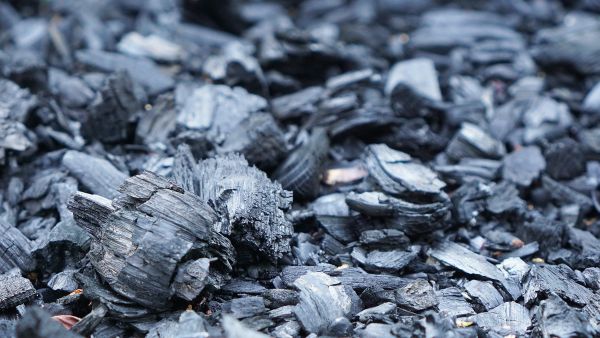Such records that currently define the Romanian wind energy segment may represent an overcharge for the national distribution network operated by Romanian Transmission and System Operator (TSO) Transelectrica.
However, a sustainable national power system cannot live in the absence of coal- based energy. The coal is the safest and constant energy resource, being able to maintain the safety of energy system in all weather conditions, compared with sun, wind or hydro power systems. Moreover, the energy produced from coal is able to cover the shortfall created by alternative sources in the system, since they operate strictly determined by weather conditions.
Another major factor to influence the Romanian energy sector is the liberalization of gas prices. In my opinion, this will have a major effect on industrial consumers, hence, on population. Currently, the oil and gas company OMV benefits from a price cut by two thirds compared to other electricity producers. If the energy market context provided equal prices for produced energy, the highly performing power station operated by OMV Petrom would meet difficulties in selling the produced energy in Romania. OMV has been conditioned to sell a major energy volume on the regulated market.
Current legislation offers multiple benefits for investors in renewable energy, a context that could lead to relocation of Romanian economy. The support scheme is more than “supporting”. The bonus is excessively large and, shortly, the consumers will find it very hard to cope with the increase in the invoices.
In my opinion, these bonuses should be canceled for wind and PV energy. The power reaches the final consumer at too expensive price, due to the fact that supplier must cover it costs from green certificates. The support scheme is backed up by invoicing the consumers and companies. The secondary legislation, for instance, the ANRE regulations are prepared so they help even more the green energy producers. But the return of investments from wind energy happens ten time faster compared with conventional energy companies.
Wind energy generates extremely high costs, not just because the green certificates that are being offered through the support scheme but also due to the imbalances triggered by the unstable energy resource. Within this context, the regulator continues to favor the generation of such disproportions of energy volumes in the system and, consequently, the artificial increase of costs for the consumers. Except Romania, all countries reacted firmly in this respect, by limiting the access of wind resources at charge gaps or by granting bonuses only for the planned production.
Traditionally, Romania stated the largest renewable energy production in Europe – the hydro power – standing for 30-35 percent of total energy production each year. In my opinion, there is a mistake not to consider the hydro energy as renewable resource. There is a real threat of speculative aspects regarding the renewable segment and banks that previously have financed the multitude projects in this segment could now face major challenges.





























